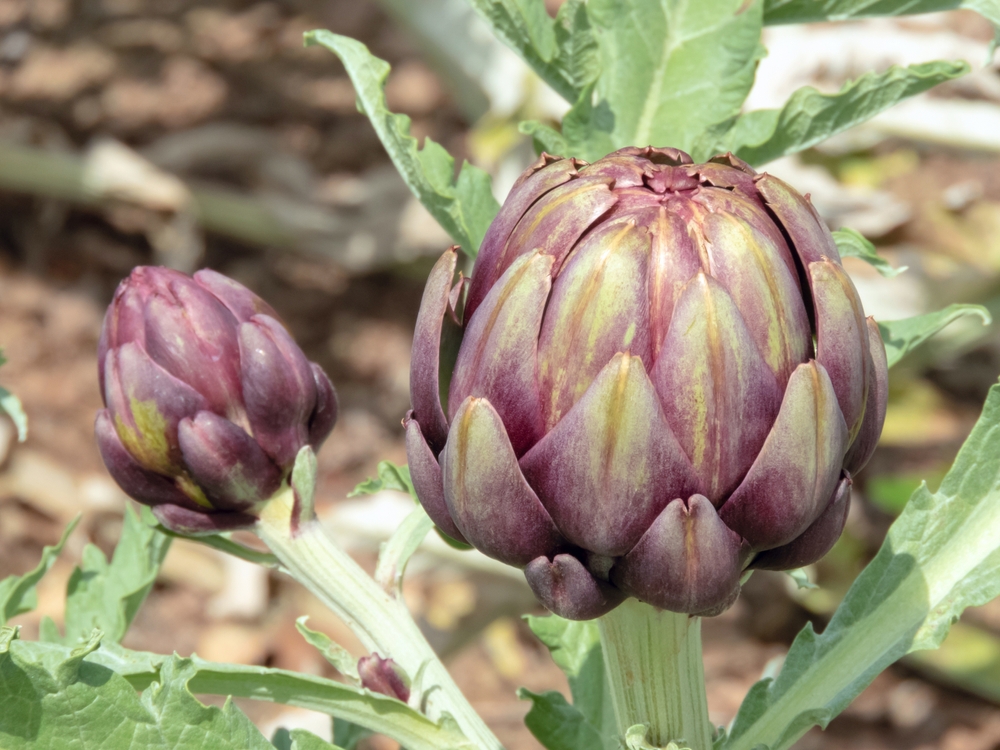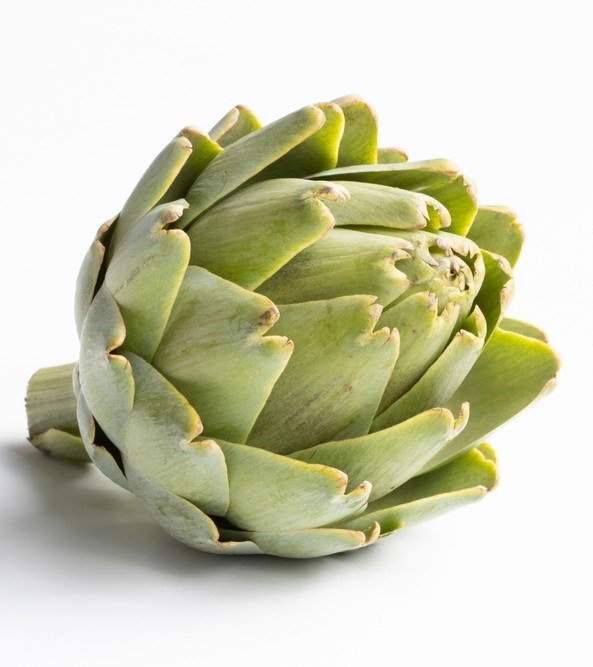Doomsday Artichoke Seeds
This page is about doomsday artichoke seeds. Here you will learn how many to plant for one person for one year and how many to plant for the next harvest. I like to use the math algorithm we came up with called "Thirds." 1/3 of your seed crop for this season, 1/3 for next season and 1/3 for trade or emergencies.
You will need to hide your seed cache. Once again we will be using "Thirds." 1/3 easy to find. (If you are walking around look fit, then they will know that you have food somewhere.) 1/3 semi-easy to find. And 1/3 very hard for scavengers to find.
Read on to learn more.
Planting Doomsday artichoke seeds
Artichokes are a delicious and nutritious vegetable that can be a rewarding addition to any garden. But to ensure a successful harvest, it's important to understand the best practices for planting, spacing, and caring for artichoke plants. In this blog post, we will explore the key steps involved in growing artichokes, from planting to harvest.
When is the Best Time to Plant Artichokes?
Artichokes are typically planted in the early spring, once the threat of frost has passed. They thrive in cool, mild climates and require a long growing season to reach maturity. By planting artichokes early in the season, you can ensure that they will have ample time to establish themselves before the heat of summer sets in.
How Should Artichokes be Spaced?
When planting artichokes, it's important to give them plenty of space to grow. Artichoke plants can spread out significantly, so be sure to space them at least 3 feet apart to allow for proper air circulation and prevent overcrowding. This spacing will also help reduce the risk of disease and pest infestations.
What is the Ideal Time to Harvest Artichokes?
Artichokes are ready to harvest when the buds are firm and tight, typically about 3-4 inches in diameter. To harvest an artichoke, cut the stem about 1-2 inches below the base of the bud. It's best to harvest artichokes in the morning when the buds are the most flavorful and tender.
How to Prevent Disease and Pests in Artichoke Plants?
Artichoke plants are susceptible to a few common diseases and pests, including powdery mildew, aphids, and slugs. To prevent these issues, it's important to keep the plants well-watered and properly fertilized. Additionally, inspect your plants regularly for any signs of disease or pest infestations, and take appropriate measures to address them promptly.
By following these guidelines for planting, spacing, and caring for artichoke plants, you can enjoy a bountiful harvest of this delicious vegetable. With the right care and attention, your artichoke plants will thrive and provide you with a tasty and nutritious addition to your garden.
Nutritional Value of doomsday artichoke seeds
Artichoke Nutritional Value
Artichokes are not only delicious but also packed with essential nutrients. Let's delve into the nutritional values of artichokes, including calories per cup, protein content, vitamins, and fiber.
Calories per Cup
One cup of cooked artichoke hearts contains approximately 90 calories. This makes artichokes a low-calorie option for those looking to manage their weight while still enjoying a flavorful and satisfying meal.
Protein Content
While artichokes are not a significant source of protein compared to other foods, they still provide a modest amount. One cup of cooked artichoke hearts contains around 4 grams of protein. Incorporating artichokes into your diet can contribute to your daily protein intake, especially when combined with other protein-rich foods.
Vitamins
Artichokes are rich in various vitamins, including vitamin C, vitamin K, and folate. Vitamin C is essential for immune function and skin health, while vitamin K plays a crucial role in blood clotting and bone health. Folate is important for cell division and DNA synthesis. By including artichokes in your diet, you can boost your intake of these vital vitamins.
Fiber
One of the standout nutritional benefits of artichokes is their high fiber content. Fiber is important for digestive health, promoting regular bowel movements and preventing constipation. One cup of cooked artichoke hearts contains approximately 7 grams of fiber, making them an excellent choice for those looking to increase their fiber intake.
Overall, artichokes are a nutrient-dense vegetable that can be a valuable addition to a balanced diet. Whether you enjoy them steamed, roasted, or grilled, you can reap the nutritional benefits of artichokes while savoring their unique flavor and texture.
How many seeds to plant for Doomsday Artichoke
How many seeds do you need?
Depending on the size of the artichoke, it takes about 4 to 6 fresh artichokes to equal one cup of cooked artichokes. For our purposes we will go with the high end and say 6 artichokes to make one cup.
We need at least 1200 calories a day to survive. But 1500 to 2000 would be better. We will base our figures on a 1200 calories a day diet.
It is estimated that one can get 6 to 9 artichoke bulbs per plant. For our purposes let's go to the low end and say we can get 6 bulbs per plant which will make one cup of cooked artichokes. We need one plant per cup of artichokes.
One cup has about 90 calories. One would need 14 plants a day to meet this requirement. This is 5110 plants per year. Hopefully one will have other things to eat.
How many doomsday artichoke seeds do we need?
Using the thirds formula, we would need about 1900 seeds per year since not all of the seeds will germinate.
One bulb flower produces (an exact number is hard to determine) about 200 seeds. 6 bulbs per plant would equal 1200 seeds. Two plants would grow all we need for seeds. But I would grow 4 just in case.
This video explains how to harvest artichoke seeds. The first step is to let the bulb completely dry.
space needed to grow doomsday artichoke seeds
The plants would need to be spaced about 3 to 4 feet apart. You could probably get by with a lot less. Let's say about 12 square feet per plant. The total planting area would need to be about 22,000 square feet or about 1/2 acre. This is for one person.
In reality, with no farm equipment or way to water conventionally, this would require a lot of work especially if you are in a dry area where water would need to be taken from a creek, well, spring or other water source.
Maybe you can grow a few artichokes to add some variety to your meals. There is no way to store them except to can them.The ability to can may be limited.
Stagger your planting so they are not all harvestable at the same time.
Artichokes like mild weather. They grow best when daytime temps are between 60 and 75, nights around 50. They do not like heat or frost.
They will only last 3 to 4 days on the counter.
Check out our tips on protecting doomsday supplies.
David recommends the following
These two artichokes are what David recommends because of their color. One can only find green artichokes in the store.
These are purple artichokes:
Artichoke Romagna 25 Non-GMO, Heirloom Seeds
and
Artichoke Purple Italian Globe 25 Non-GMO, Heirloom Seeds
Go to Doomsday Prepper Seeds Index from Doomsday Artichoke Seeds
Since 2009, over 1,500,000 home gardeners, all across the United States of America, have relied on David's Garden Seeds® to grow beautiful gardens. Trust is at the heart of it. Our customers know David's Garden Seeds® stocks only the highest quality seeds available. Our mission is to become your lifetime supplier of quality seeds. It isn't just to serve you once; we want to earn your trust as your primary supplier of seeds.

